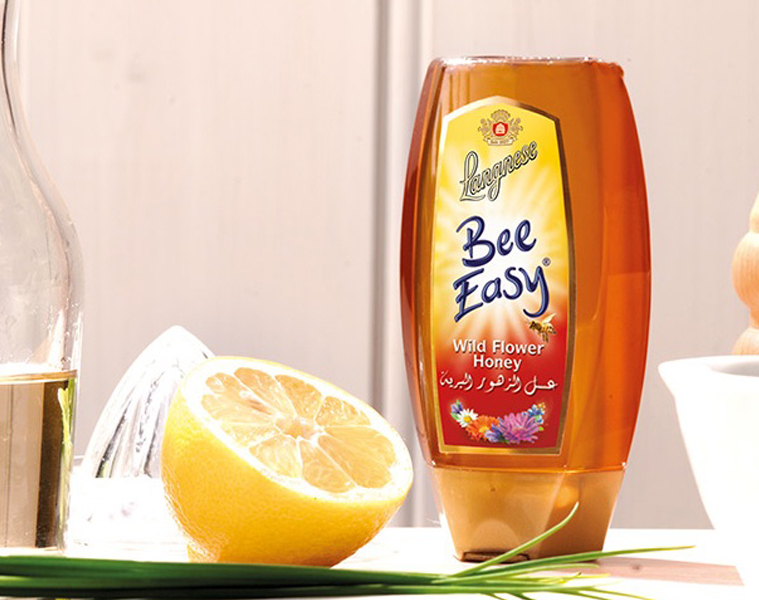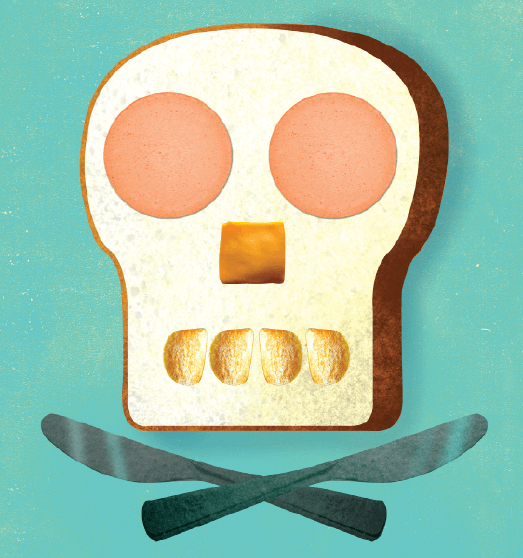The skinny on being skinny: Being slim and being healthy need not be mutually exclusive

There is an unsaid rule that can help guarantee a long-lasting relationship: never ever say that your partner looks fat. Those who forget this rule often find themselves in regret, hoping to take back what has been said. The “You look fat” comment doesn’t affect only women; in addition to their hair and height issues, men are also becoming more conscious of their weight. Diet schemes that are specifically programmed for men have emerged and commercialized popular diet schemes that offer menus for home or office delivery are also being marketed to the male market. The South Beach and Atkins diets have transcended gender boundaries.
These diet plans require a very strict and conservative menu, though, most of which are not really pleasant to the Filipino palate. Thus, dieting Filipinos choose to revise the menus or altogether formulate their own diet schemes. Whether embarking on one of these standardized diets or coming up with one of your own, it is important to seek the experts’ advice to determine the best scheme for eliminating your love handles and to be enlightened on how specific diet schemes will work for your body type.
Here are 10 improvised diet schemes and the skinny on each as clarified by Dr. Christy Sy, MD.
THE SKINNY SCHEME: Skipping breakfast
Probably the most convenient scheme for people on the go. Not only do they save time, they get to avoid calorie-laden breakfast items like bread, rice, ham, bacon and eggs. The downside of this scheme happens at around 10 and 11 am, when most breakfast skippers become significantly hungry and weak to be able to continue working efficiently
THE SKINNY: “Breakfast is the most important meal of the day and this is where your day’s energy supply will be coming from,” Dr. Sy explains. “Skipping meals, especially breakfast, will only make you exhausted throughout the day and even make you eat more.”

THE SKINNY SCHEME: Eating one type of carbohydrate for just one meal per day. This pertains to having either rice, mashed potatoes, or corn for breakfast, lunch, or dinner. “Or” is the operative word in this scheme. If you plan on having adobo and rice for lunch, this means foregoing rice for dinner.
THE SKINNY: “This might actually work when it comes to counting your carbohydrates intake. However, it is not advisable as this will not achieve a balanced diet.”
THE SKINNY SCHEME: Refraining from eating rice altogether. Serj Bato, a VFX artist, attests to this scheme. By the end of his diet watch calendar, he enjoys eating sinigang with crackers or menudo with graham crackers.
THE SKINNY: “This is perhaps a better revision than skinny scheme number 2 because of the rice alternative in every meal.” Dr. Sy only suggests that to make this scheme work, set a limit to the amount of rice alternative, such as having only a pack of crackers per meal.

THE SKINNY SCHEME: Eating bananas and drinking a glass of very cold water before every meal. Joma Santiago, a traditional animator, has tried and proven this scheme to be effective. He was able to achieve his target weight without the hassles of exercise.
THE SKINNY: “Banana and water will make you feel full, which in turn will make you eat less of your meal,” Dr. Sy explains. “Cold water also requires a higher level of burning as opposed to normal temperature water. When taken before meals, these can jumpstart the burning process even before the meal intake.”
THE SKINNY SCHEME: Eating standing up.
THE SKINNY: Dr. Sy says that this one is probably just a psychological idea. “The myth behind this one is that whatever you eat goes straight. down to your large intestines immediately. But this one has no scientific basis whatsoever.”
THE SKINNY SCHEME: Eating whatever you want but only half of the usual portion. David Ty, an architecture graduate based in Singapore, hates denying himself of his favorite fastfood take-outs so he orders his usual fries and burgers but leaves half of the serving on the table.
THE SKINNY: “This might work in terms of reducing your food intake. However, fastfood is still considered junk food whatever the amount.” Dr. Sy adds, “If we consider the American fastfood, serving whose regular cheeseburgers are almost as large as our Big Macs, half of that portion is still a lot.”

THE SKINNY SCHEME: Not eating foods with faces. This diet has a semi-vegan scheme, covering meat such as chicken, pork, beef, veal, fish, and others but allowing mussels, clams, and other shellfish together with grains, fruits, and vegetables.
THE SKINNY: “This vegetarian scheme is actually effective given that the meals taken are also in their appropriate amount. But then again, this might promote an imbalanced diet because of the lack of some protein-rich foods, ” Dr. Sy warns. “It is also important to be careful with eating shellfish as they contain a high level of uric acid and iodine, the excess of which can lead to diseases.”
THE SKINNY SCHEME: Eating six small meals a day instead of three big meals. This means eating more often-breakfast, midmorning snacks, lunch, mid-day snacks, early supper, and late dinner-but in smaller meal portions.
THE SKINNY: “This one is the best and most recommended diet.” Dr. Sy says that this scheme has the highest level of success.

THE SKINNY SCHEME: Doing the Soup Diet. This scheme starts and ends your day with, well, soup. To pull this off, start with a clear soup for breakfast, a full lunch, then a creamed (non-fat milk) soup for dinner. No snacks in between.
THE SKINNY: “This scheme tricks your system by giving you the feeling of fullness. Liquids can make you feel full and bloated, giving the tendency to eat less.”
THE SKINNY SCHEME: Getting it raw. If you can eat something raw, then do so: lettuce, carrots, cucumber, fruits, sashimi, kinilaw, ceviches, etc.
THE SKINNY: “Since no oil is used to cook the food, this can definitely help lose weight,” Dra. Sy says. “There are also studies being conducted on the medical advantages of eating meat in their raw form.”
Writer: Pol Cuevas
Images from Unsplash
This article was originally published in Garage Magazine August-September 2010














